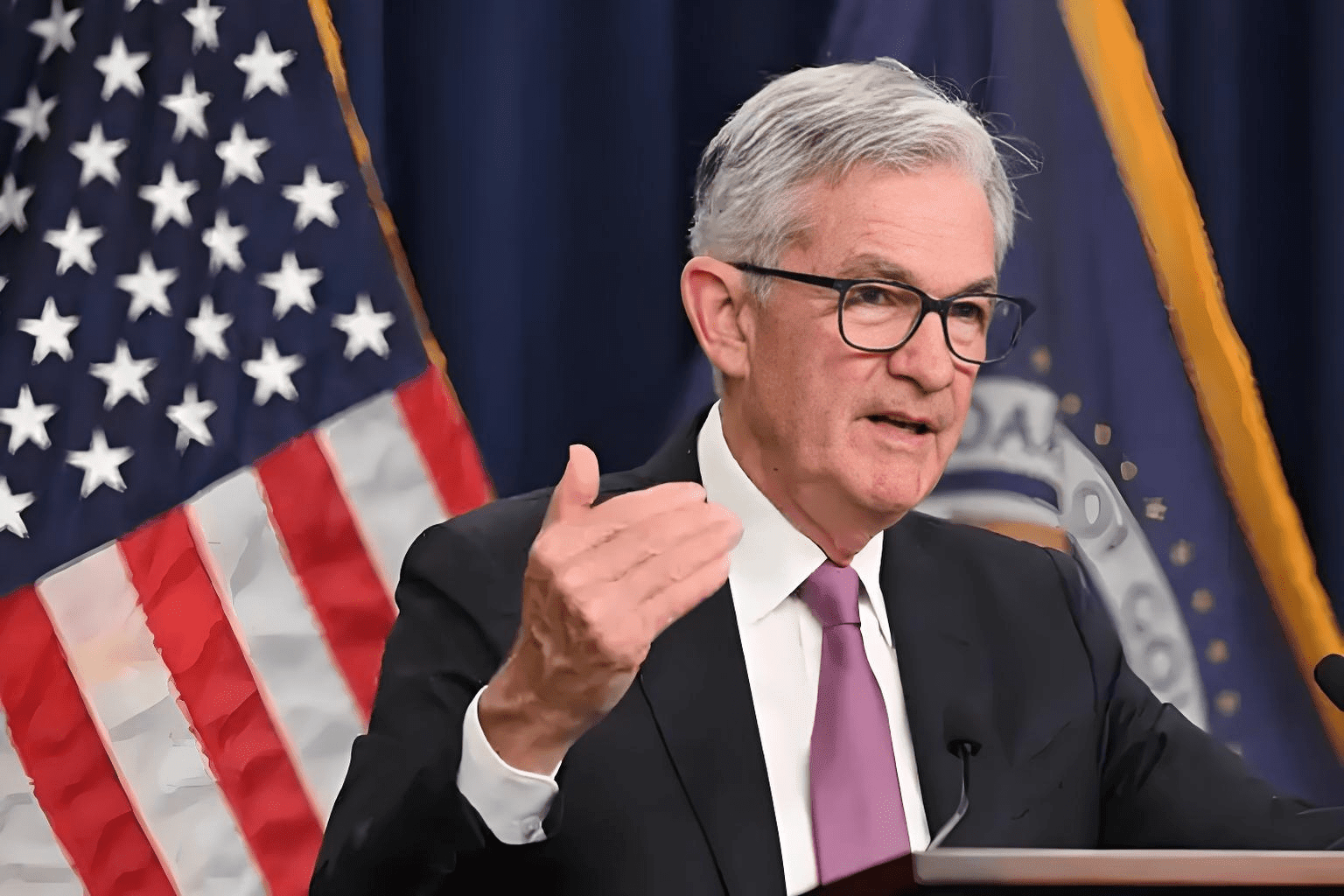What is the impact of the interest rate cuts implemented by the Federal Reserve and the regulation of stablecoins on the cryptocurrency market?
When Federal Reserve Chairman Powell mentioned interest rate cuts, global financial markets felt a strong shock, and the cryptocurrency world, like a beach ravaged by hurricanes, experienced a rapid increase in the heart rates of investors. Meanwhile, the dynamics of power on Wall Street were quietly forming: 90% of dollar-pegged stablecoin transactions were flowing out, while US regulators tightened their grip on cross-border regulation. A fierce struggle began between financial regulation and the world of cryptocurrency!
In the midst of the intertwined drama of the financial world between celebrations and crises, stablecoins, which were once a wild horse in the world of cryptocurrency, faced their own setbacks. Powell's surprising announcement was a shock: the regulatory framework for stablecoins has officially arrived, carrying a glimmer of hope for all digital asset investors!
Stablecoins, which seem like robust digital currencies, are actually wolves in sheep's clothing. Exploiting blockchain technology as support, they attempt to peg their value at a 1:1 ratio to the US dollar. This bold attempt, in the absence of regulation, generates significant risks. The collapse of Terra last year, with $40 billion evaporating instantly and the fortunes of countless ordinary investors disappearing, was a painful lesson, highlighting the urgent need for regulation.
And now, regulatory punches have finally struck, hitting directly at the vital points of the stablecoin industry!
First, the ambiguity of regulatory authority ownership is no longer obscure. Previously, cryptocurrency was a thorny issue traded between the US Securities and Exchange Commission (SEC) and the Commodity Futures Trading Commission (CFTC). Now, the US Treasury has drawn a clear line for the regulation of stablecoins. Digital dollar alternatives will be regulated by the banking system, while technological innovators will fall under the authority of the SEC. This redistribution of regulatory authority marks the end of an era of chaos.
Secondly, regulatory arbitrage loopholes will be relentlessly closed. Shell companies registered in tax havens like the Cayman Islands, which back their so-called 'stablecoins' with virtual reserves and circumvent the rules on the international stage, will not be able to continue. The new law directly targets these illegal activities, as it requires any stablecoin seeking to tie itself to the US market to fully disclose its assets, allowing 'sunshine' to dispel the opacity.
However, the road to regulatory reform is not easy, and there are many obstacles ahead:
The rapid development of technology has been accompanied by legal evolution, but it is still elusive. While Congress continues to debate whether the yield on the pledge in the bill should be considered 'interest on deposits' or 'investment yield,' algorithmic stablecoins may have already completed three technological cycles, while the pace of regulation continuously tries to keep up.
The Federal Reserve itself has its hidden agenda. There is no doubt that Powell's deliberate mention in his speech of 'not affecting the development of central bank digital currencies' sends a strong message: private stablecoins cannot compete with the dominance of real digital dollars. The competition between private stablecoins and central bank digital currencies has just begun.
#Hong Kong Stablecoin New Regulations #Binance HODLer Airdrop PROVE #Crypto Stock IPO Season #Trump Plans to Announce New Fed Board Member#BTCUnbound 
.
